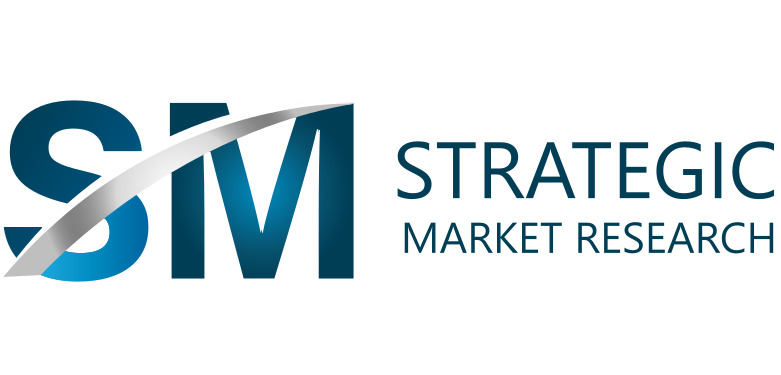Orthopedic biomaterials are used to construct medical devices that the human body can use to replace or repair various tissues like ligaments, cartilage, bones, tendons, and more to carry out specific biological activities. The product has applications in orthobiologics, viscosupplementation, spine implants, joint replacement, and biodegradable tissue fixation.
The market worth of orthopedic biomaterials in 2021 was USD 16.06 billion, and it will be worth USD 39.11 billion by 2030, growing at a 10.36% CAGR during the forecast period.
Market expansion is driven by the rising need for next-generation orthopedic biomaterials that can be tailored to the requirements of particular surgeries. In this sense, the market’s growth is primarily fueled by the increase in orthopedic procedures such as joint arthroplasty, viscosupplementation, and joint reconstruction.
Market Dynamics
Drivers
The prevalence of musculoskeletal disorders drives the market expansion for orthopedic biomaterials. Additionally, a considerable increase in the use of technologically advanced products and an expansion of R&D activities would enhance the capabilities of orthopedic biomaterials and thus increase consumer demand for them. An increase in patients also drives the market for orthopedic biomaterials as a result of an aging population, more surgeries, and higher health consciousness among younger generations. The market will continue to expand globally due to the quickly rising demand for next-generation biomaterial products tailored to fulfil orthopedic procedure requirements.
Restraints
Limited reimbursement coverage options have led to lower payments for orthopedic implants in many countries and have impeded the market’s growth. Additionally, the lack of reimbursements has forced producers to lower the prices of these products, severely restricting market expansion.
Opportunity
The implementation of numerous government and non-government programs to increase public awareness of orthopedic biomaterials is anticipated to accelerate market growth throughout the anticipated period. For instance, in 2019 the Indian government decided to commercialize a prototype of a biodegradable orthopedic implant that was both safe and affordable.
Market Segmentation
By material type
Due to the growing demand for these items as a result of their higher pressure intensity, ceramics and bioactive glass held the largest market share in 2021. Additionally, compared to their equivalents, ceramic and bioactive glass nano-materials have a higher propensity for fusing with the material surface of bones. Due to its widespread application in the rehabilitation and stabilization of the spine, hip, and knee, the polymer biomaterial market will expand at the fastest CAGR between 2022 and 2030.
By application
In 2020, the market was ruled by the joint replacement testing sector because of the large procedural volume of joint replacements. According to the American Joint Replacement Registry, the number of joint replacement procedures performed in the United States increased by 57.7% between 2012 and 2016. Between 2012 and 2016, there were 281,746 procedures performed, an increase from 45,517 in 2012.
Regional Insights
In 2021, North America ruled the entire market. This is due to an increase in patients receiving joint-related therapies, such as knee replacement and reconstruction.
This is also due to the widespread use of contemporary orthopedic products and numerous biotechnology companies active in the orthopedics industry. The quick uptake of improved technologies will further drive the regional market for implant load-bearing and bone void filling. Additionally, a strong healthcare system, rising healthcare costs, and the high frequency of sports injuries in the United States drive the market’s growth.
Additionally, the APAC region will expand at a CAGR of 10.0%. One of the main factors propelling the regional market is the rising prevalence of musculoskeletal ailments, including bone degenerative diseases, in developing countries. Additionally, the market in this region will greatly benefit from the rising healthcare costs and improvements in the healthcare infrastructure.
Key Players
- Medtronic Plc.
- Smith & Nephew Plc., Stryker Corp.
- B. Braun Melsungen AG, CONMED Corp.
- Evonik Industries AG,
- Victrex Plc.
- Heraeus Holding GmbH
- Exactech Inc.
- InvibiLtd.
- Zimmer Biomet Holdings Inc.
- Globus Medical
- Collagen Matrix Inc.
- DePuySynthes
The market worth of orthopedic biomaterials in 2021 was USD 16.06 billion, and it will be worth USD 39.11 billion by 2030, growing at a 10.36% CAGR during the forecast period. The growing elderly population is driving the global market for orthopedic biomaterials. The industry is also driven by the increase in trauma cases related to sports, accidents, and falls. Other factors driving the sector’s expansion include the rise in orthopedic procedures such as joint arthroplasty, joint reconstruction, and viscosupplementation.

